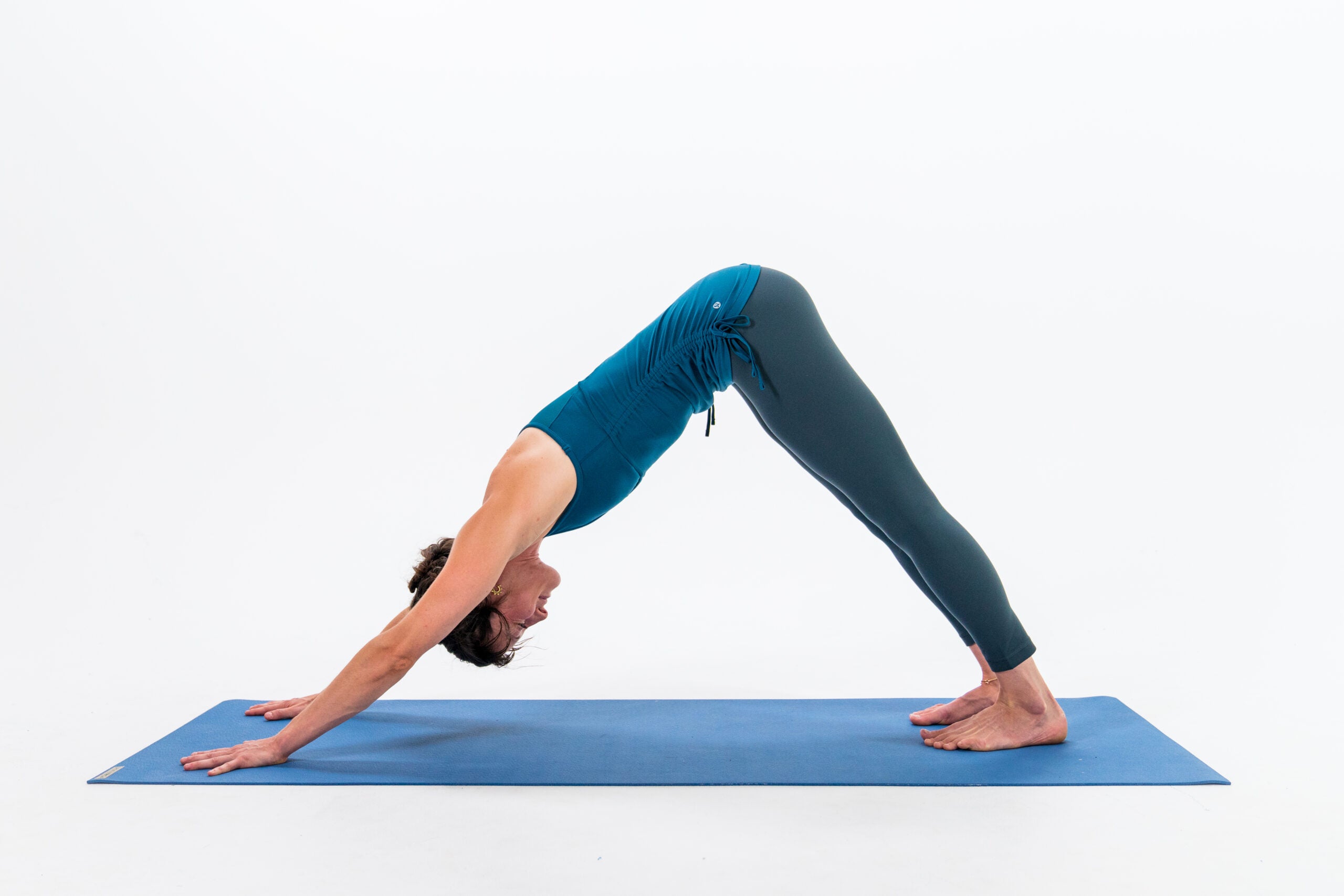Before we begin, I must make clear, I am in no way an expert on yoga. I’m not proficient enough at said art to advise or teach someone, so if you’re hoping for advice on positions, you’re out of luck.
However, from years of sports, voice discipline and martial arts, I have relatively good body awareness. From the nature of training voice as well, the “learning experience” is something I spend a lot of time immersed in, and I’m used to trying to find more efficient ways of doing things, especially through repetition.
As such, a few things came to mind during yoga practice over the last few years or so that mirror my experience with voice training. Some of these I thought worth sharing:
1. Repetition and refinement
There are many positions in yoga. Some are referred to as their anglicised names like “cat-cow” or “child’s pose”, and others utilise the original sanskrit. There’s one pose I found particularly difficult at first: “downward facing dog”:

I am relatively strong, but very quickly I was shaking in the shoulders. I got a little stronger with repetition over the first handful of practice sessions, but I was clearly missing something. Whatever I was missing was something that simply repeating what I was doing wouldn’t work. As I kept practicing, I made tiny adjustments to my body position to try to find a less strenuous way of holding it. Then, I made one particular adjustment that enabled my skeleton to bear more of my weight. Suddenly, an equilibrium was reached, and the muscles stopped shaking.
The point is this: repetition and refinement go hand in hand. You can’t carve away the imperfection without repeatedly facing it. This requires embracing getting it wrong and improving through conscious repetition and refinement.
The same is true with voice, or anything for that matter. People think they can trick their voice to the top notes, or that once they’ve got the top notes, they’ve got them and they don’t need to do any further work. On the contrary, repetition and refinement will always pay dividends to those willing to put in the work. #
Whether that’s easier access, more power for less work, more stamina, repetition and refinement is critical. But what else follows from this? Continue reading “What Yoga Taught Me About Voice”